Zamora
Zamora. Zamora. Ah, Zamora…
We first came to Zamora probably in 2010 or 2011. We liked it for many reasons. We recommended it to friends who came here and returned raving about it. So in 2018, we returned and fell head over heels in love with this city. This time we came back, stayed four nights, found we like it even better and realized that after some thirty years of coming to Spain and staying all over the place, Zamora is our favorite place in Spain. By a lot.
Oddly, Zamora is not well-known among Spaniards. A good friend who lived in Spain for years told me he’d never been to Zamora. On one of our ambles through town we met a very nice young man who said he was born in Zamora, has family there and though he lives and works in Madrid, returns when he can. He said that he has friends in Madrid who have never been to Zamora and know little about it. When we told him that we love the city, he responded, “I love that you love Zamora.”
What is it that we love about this place? Zamora is a good-sized city, population somewhere above 60,000. Its “old town” is separate from the modern development and has two distinct parts, separated by the Plaza Mayor. The western part is really old, with many buildings three- or four-hundred years old. This section has about a dozen Romanesque churches, built in the 11th and 12th century. It has a fortress started in the 9th century. Almost all the updating and modernizing of this sector has been done with an eye to maintaining the look and feel of the original city.
East of the Plaza Mayor is more modern, “modern” in this case being early 1900s to today. For some unknown (to us) reason, the Modernism movement of buildings that was prevalent in Barcelona, came to Zamora and is expressed in the eastern half of the old town. These are beautiful: kind of art-deco, kind of art-nouveau, kind of unique-to-Zamora style buildings, interspersed with older buildings and churches.
Laurie and I love just walking in the places we visit - we call it “absorbing the culture.” We love just being part of a place. Zamora rewards just walking around. Every block will have some surprising building or plaza or store or restaurant. We walked and walked and walked, and the next time we come to Zamora, we’ll do it again.
Speaking of walking, Zamora also maintains the Spanish tradition of the paseo. Every evening, starting at about 5 o’clock, people come out into the streets and walk from the one end of the old town to the other, turn around and do it again and again. You see young and old couples, families of three and four generations, kids, whatever. It is so much fun to join the paseo during the evening. By about ten o’clock, it’s winding down, but tomorrow night, everyone’s out again. We joined the paseo every night we were here.
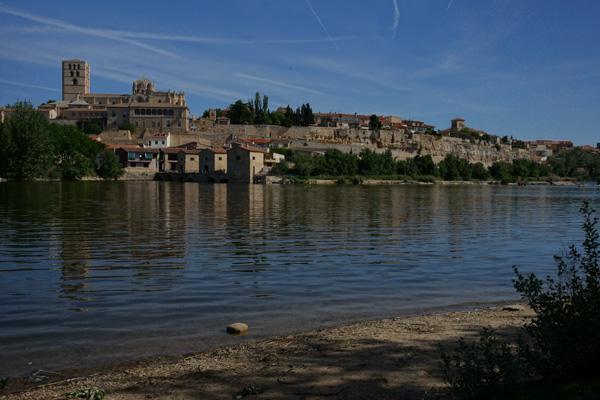
Strolling around Zamora
Some sights from our strolls around Zamora.
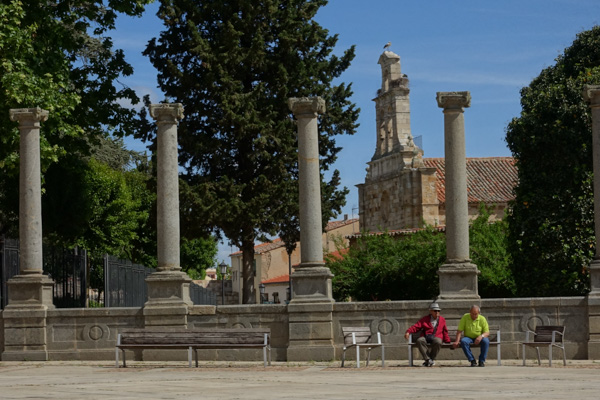
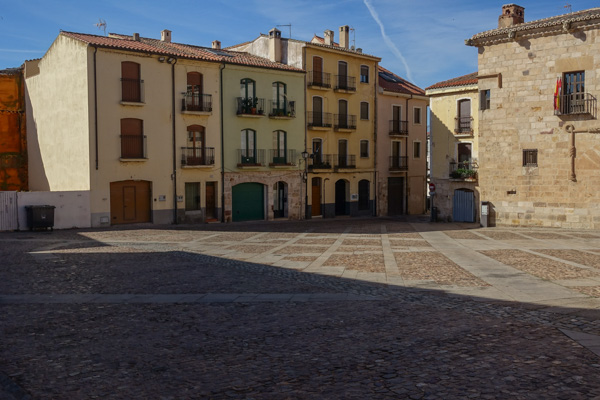
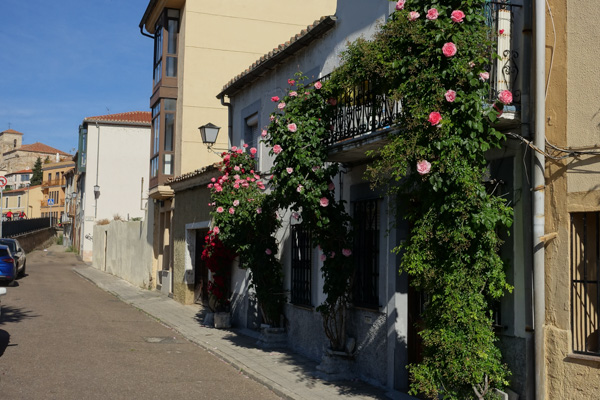
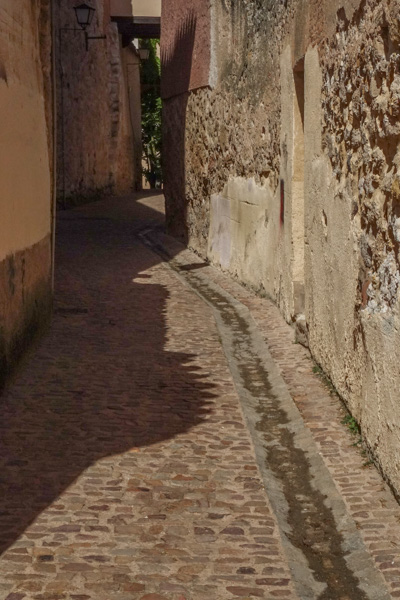
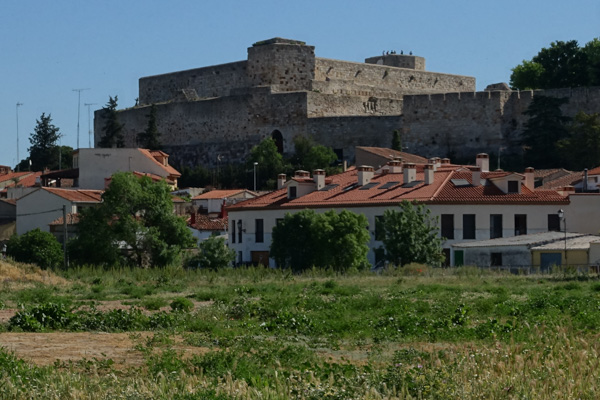
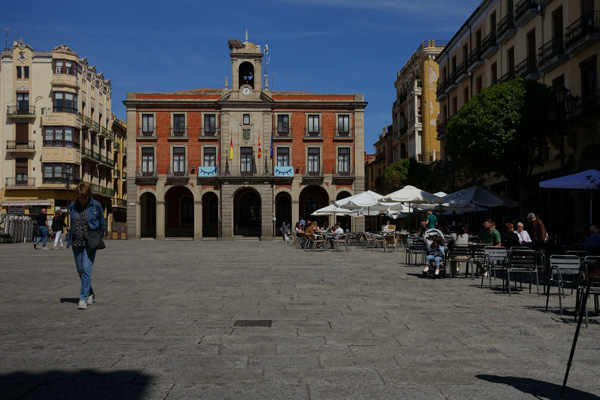
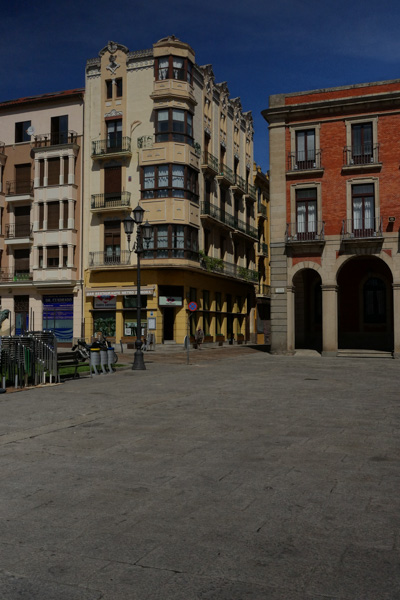
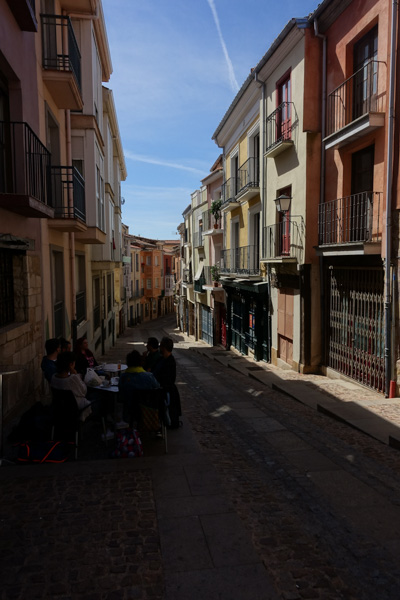
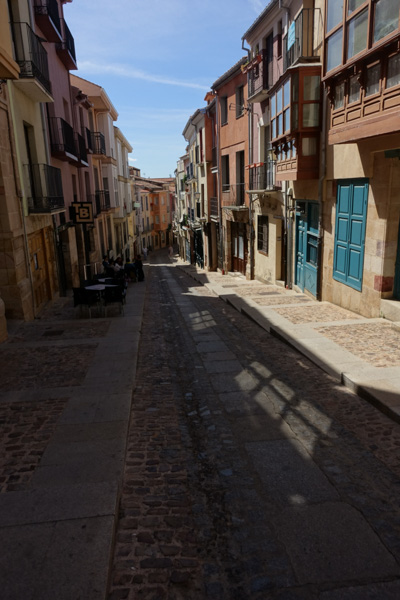
Churches
Lot of churches in Zamora! Officially, there are 22 Romanesque churches, which gives Zamora its title of the capital of Romanesque in Europe. In fact, there is no other place in Europe with a higher concentration of Romanesque churches.
Romanesque architecture came just before the soaring Gothic architecture that evolved in France first and then the rest of Europe in the 12th and 13th centuries. Romanesque is marked by rounded arches, thick walls, few windows and a sense of solidity.
Some Romanesque churches in Zamora:
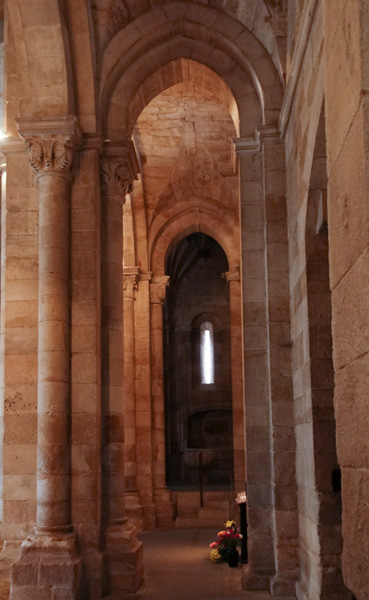
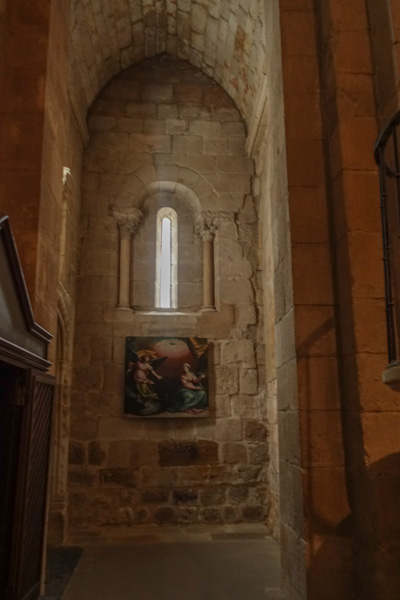
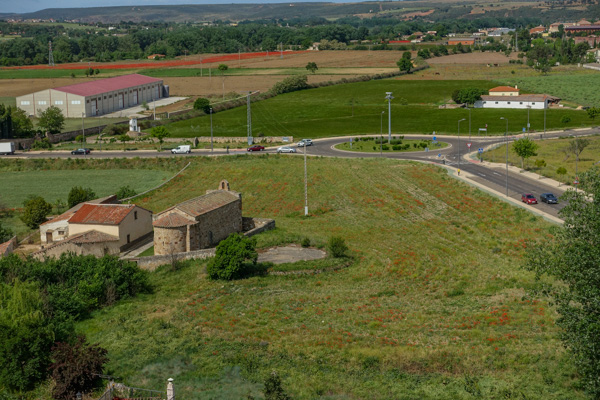
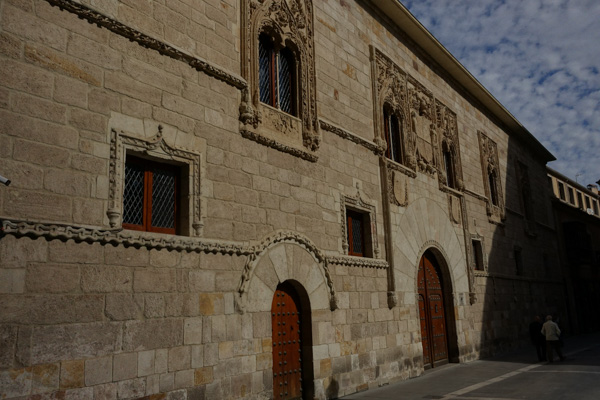
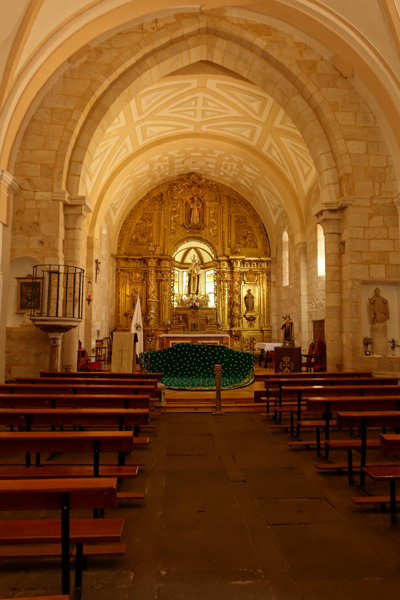
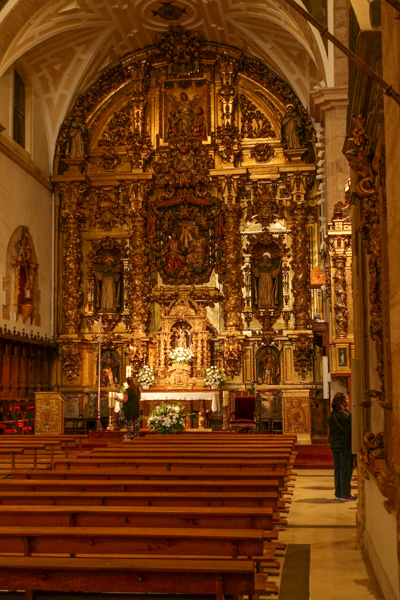
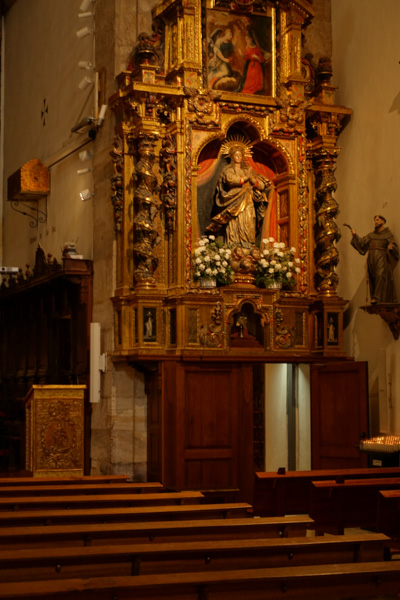
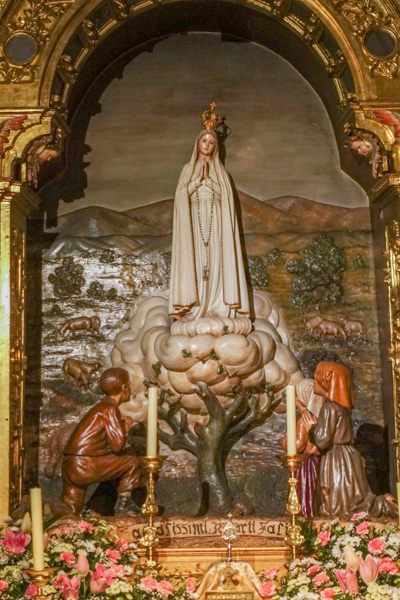
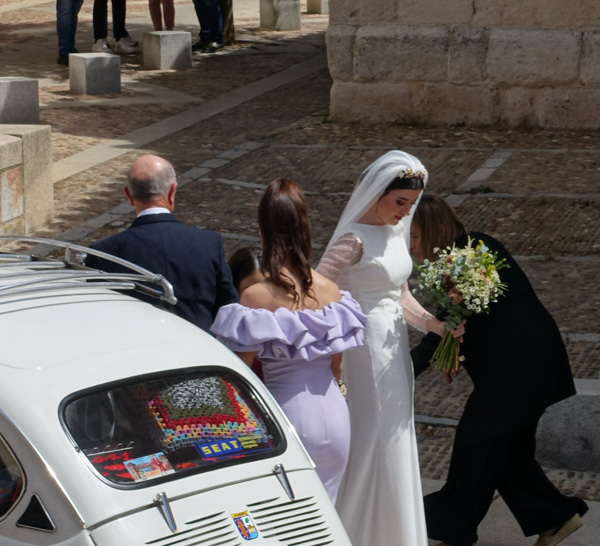
Modernista Buildings
From about 1900 to 1920, a modernista wave of buildings brought some beautiful buildings to Zamora. To a large extent, these were built east of the Plaza Mayor in a newer section of the old city (if that makes sense). These buildings reflect styles that were dominant in Barcelona at the time, following the two leading Moderisme architechs there, Antoni Gaudi and Lluís Domènech i Montaner.
Modernista buildings are marked by organic designs – flowers and leaves and trees often mark Modernista buildings. In the Zamoran version, the buildings often use color as an architectural element and we can see the first glimmers of art-deco in many of the Modernista buildings.
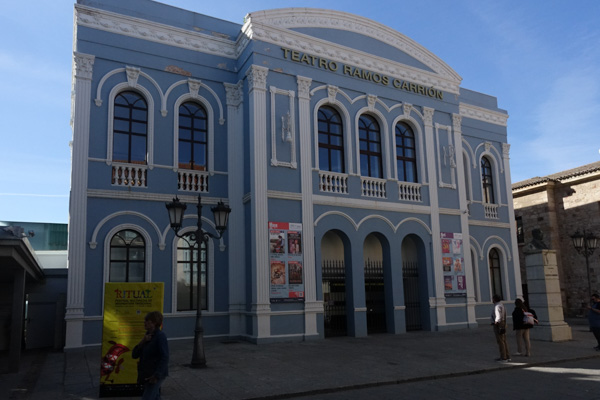
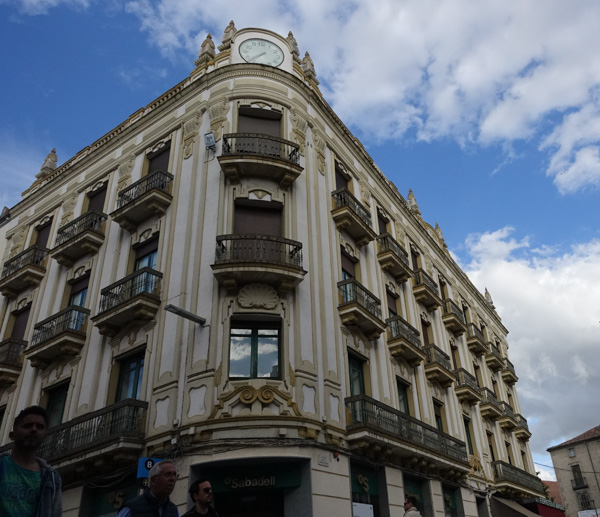
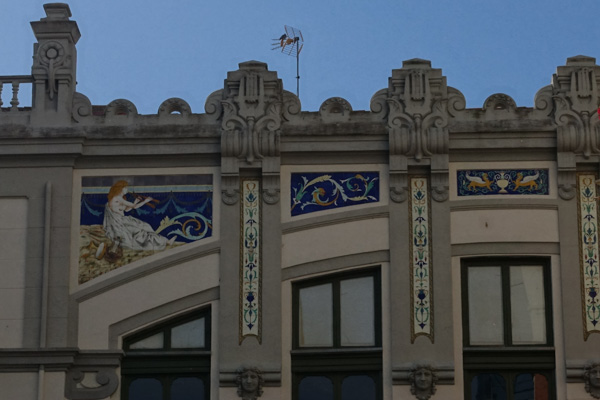
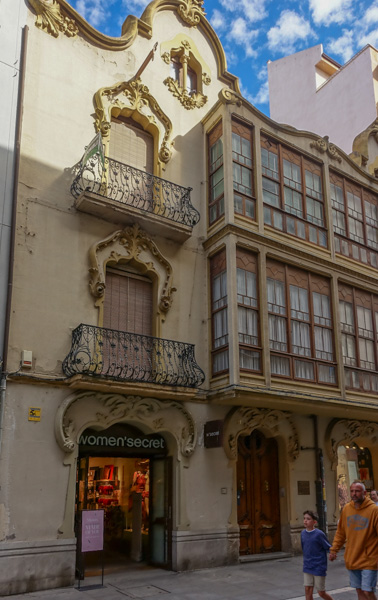
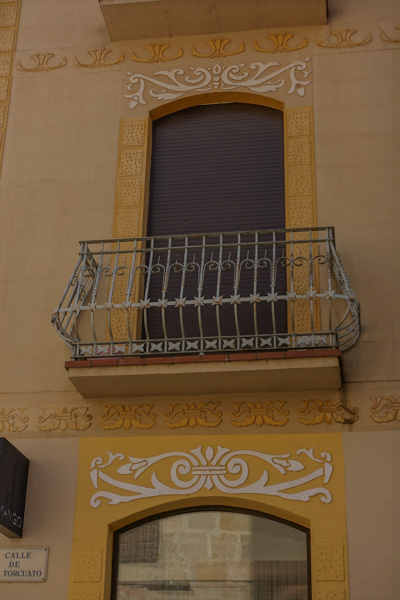
Zamora Wrap-up
I took a lot of pictures in Zamora, but I’ll spare you.
There’s no city Laurie and I like better to walk in and around and through. Long ago we realized that what we like best to do on our travels is just walk and absorb a place, its life and buildings and culture; Zamora is one of our favorite places to do that.
Some years ago Laurie and I said that whenever we came to Europe we’d find a way to spend a few days in Paris; Zamora has reached that level for us. I suspect we’ll find many excuses to visit Zamora again, but we really don’t need excuses. We love the city, and hope to return many times.